1966 and all that
It started in the leafy shires of the English midlands, and finished in the arid saltbush of Whyalla, South Australia.
It was the year my life changed.
In September 1966 I turned 13. Two days after my birthday my family—my father, mother, sister and brother—and I got on a train in Kettering, Northamptonshire. It took us to London, very much still the Swinging City, where we changed trains for Southampton.
There, berthed at the dock, was the M.V. Fairsea, a white ship of the Sitmar Line that over the next four weeks was to transport us to the other side of the world.
Was I nervous? Excited? Probably more the latter. I don’t recall any great pangs about leaving Corby. It was harder no doubt for my parents. My father worked at the Stewart & Lloyds steelworks and with the Australian steelmaker B.H.P. (Broken Hill Propriety Ltd) offering him a guaranteed job, an Australian government assisted passage for our family was a shoo-in.
Before we left, Dad took me on a farewell swing up to Scotland to say goodbye to his parents and the rest of his family. We took a coach to Glasgow and stayed at the YMCA, then a MacBrayne’s bus to Kinlochleven. The final leg, the road from Glencoe to Kinlochleven was very scary, especially at night, with sheer drops down to Loch Leven on the left.
In Glasgow on the way back, I remember seeing an evening newspaper poster on the street, ‘VERWOERD ASSASSINATED’, which would mark the date as 6 September 1966. I hadn’t heard of the South African Prime Minister, the architect of apartheid, but it seemed a portent of the big wide world that we were about to enter. It was an adventure.
The voyage consisted of brief interactions with that big wide world interspersed with long stretches of looking at the sea. There was Gibraltar, with its rock; the twinkling yet unfathomable night lights of Algiers; Port Said with its flotilla of ‘bum boats’ hawking bags and wallets; the Suez Canal; and just before the two-week crossing of the Indian Ocean, Aden. This was the one time we got off the ship and dad picked up a nifty portable record player with radio and I got a (then) cutting-edge pocket transistor radio with earplug.
After a stopover in Fremantle, we sailed on to Adelaide and spent a few days at the migrant hostel in Elder Park (where the Festival Theatre is now). I took a walk up King William St with my transistor radio and earplug listening to the Caulfield Cup. From poring over the newspapers on the ship, I’d already worked out that horse racing was important in Australia. Two ladies noticed the earplug and stopped me. ‘See, that’s another one,’ the first said. ‘Oh you poor thing,’ said the other. They thought it was a hearing aid. My protests fell—you guessed it—on deaf ears.
* * *
When people ask me these days about Whyalla I say, it’s not the end of the world—but you can see it from there.
It was a shock.
The day we arrived on the train from Adelaide it was something like 110 degrees Fahrenheit. Inconceivable heat. We were parked in another migrant hostel, one not nearly as nice as Elder Park. There was a mix of families like us plus single working men, come to work in the B.H.P. steelworks and shipyards.
Fortunately, we weren’t there long before our South Australian Housing Commission house was ready. It was quite serviceable—a three bedroom semi-detached single-story brick dwelling with a big bare back yard. But unfortunately, they were putting the houses up so fast they hadn’t yet got round to making any roads. So that first summer, when it rained—and it did a few times—the street turned into a river of red mud.
Our tea chests of worldly possessions were delivered and we had to go out and buy beds and other furniture. Dad bought himself a bike to get to work, and got one for me too. It was a second-hand ladies bike, a bit big but I soon got the hang of it. Dad cycled off to work and we kids went off to our new schools and my Mum sat at home and cried for the first couple of months.
While many things were strange and disturbing about the new environment I found myself in—the heat, the dust, the saltbush, the flies, the big lizards—there were a couple of things that provided continuity from the life I had left behind. Unsurprisingly for a working-class boy, they were football and music.
I had experienced first-hand the phenomenon of Beatlemania and the subsequent British pop explosion. I had watched all the pop programs on TV—Top of the Pops, Ready Steady Go, Thank Your Lucky Stars, Juke Box Jury—and would sit eagerly by the family radiogram from 4 o’clock on a Sunday afternoon as Alan Freeman on the BBC Radio Light Program counted down the top twenty on Pick of the Pops. Along with my weekly comics (the Beano, Tiger and Valiant), I got Fabulous 208 and Jackie (only for the posters mind!) and my bedroom wall was adorned with large posters of the members of Manfred Mann.
Even though Whyalla was geographically remote from the Western world, the lines of communication to the wide world of pop were surprisingly strong. With the ABC the only available television channel, there wasn’t much on the tube (the unmissable daily 10 minute package that was GTK came a bit later), but commercial radio was a revelation.
Adelaide’s 5AD and 5KA, both received clear as a bell in Whyalla on my transistor radio or in my bedroom on my dad’s big radio-cum-record player, were so-called Top Forty stations, with playlists based on the chart hits of the moment together with new releases and a smattering of oldies.
In print, Everybody’s magazine wrapped its pop coverage around the U.S., U.K. and Australian Top Twenties every week, while the new fan magazine Go-Set provided in-depth coverage of the Australian scene. In the local Whyalla newsagent, you could also get the British pop weeklies New Musical Express and Melody Maker as well as American music glossies like Hullabaloo and Circus.
The 5AD and 5KA Top Forty charts in late 1966 were a heady mix of the strange and familiar. There was the best of British—including Yellow Submarine (Beatles), I’m A Boy (the Who), With A Girl Like You (the Troggs), See See Rider (the Animals), Dead End Street (the Kinks), Just Like A Woman (the Manfreds) and Sunshine Superman (Donovan). Then some classics from well-known Americans—Good Vibrations (Beach Boys), You Can’t Hurry Love (the Supremes), A Hazy Shade of Winter (Simon & Garfunkel); and a bracing dose of the up and coming American garage bands—e.g. 96 Tears (? and the Mysterians), Pushin’ Too Hard (the Seeds) and Psychotic Reaction (Count Five). Soul and R&B spiced up the mix—throw in Reach Out I’ll Be There (Four Tops), Working In The Coal Mine (Lee Dorsey) and Knock on Wood (Eddie Floyd). And then, most strangely exciting of all, there was the local product.
The raw power of the Masters Apprentices’ Undecided, the moody magnificence of the Loved Ones’ The Loved One and Everloving Man and the sheer exuberant propulsion of the Easybeats’ Sorry and Friday On My Mind provided an aural antidote to the aridity of my surroundings.
And these were not isolated examples. The Bee Gees’ farewell to Australia, Spicks and Specks was classy and catchy, the Twilights’ Needle In A Haystack was an irresistible slice of Mersey meets Motown, Johnny Young’s Step Back and Cara-lyn were catchy toe-tappers and Normie Rowe’s It’s Not Easy was a big ballad in the style of the Walker Brothers.
This was a bigger, more varied soundscape than the one I’d left behind. At the time I thought the change of perspective was down to relocating half way across the world. But Jon Savage, author of the best history of the punk/new wave movement of the 70s (England’s Dreaming) proposes an intriguing theory in his latest book, titled simply 1966. While I was on the ship, blissfully unaware, Savage says things shifted.
Savage’s book contains twelve chapters, each an essay on a month. In his chapter on September 1966, he talks of Peter Whitehead’s two promo clips for the Rolling Stones single Have You Seen Your Mother Baby Standing In The Shadow, released on the 23rd of that month. The second clip includes footage from the Stones’ riotous performance at the Albert Hall on the day the single came out. The footage is also included in Whitehead’s 1967 documentary Tonite Let’s All Make Love In London.
‘Nothing (else) illustrated better the turmoil of September 1966—two thirds of the way through the year and two-thirds of the way through the twentieth century—as the sexual and social changes of the 1960s accelerated into a frenzy that was impossible to sustain,’ says Savage. ‘Something smashes in these clips: fan mania is seen not as the expression of love, but as a frantic act of possession. The fans are not young women, but Furies, and in this Dionysian ritual, they are finally devouring the group. The fundamental, subconscious drive shown in these two clips betrays a group and a culture fraying at the edges under a hostile economic climate, audience expectation and sheer burn-out. ’
Later in the same chapter, he goes on: ‘There was a sense that things had gone too far, far too quickly. The centre had gone. Mod was tearing itself apart and the mainstream audience was turning away from pop art explosions.’
And finally: ‘The tide was ebbing away from the U.K. (towards the U.S.). This sense of dissolution was a hot topic in the British music press that summer. In the Melody Maker, Chris Welch noted the British beat group scene was “tearing itself to pieces”, before simply concluding, “One thing is certain. An era has ended.” ‘
As Savage notes, it wasn’t just the pop scene that was changing. Spooked by poor balance of payments and a run on the pound, Harold Wilson’s Labour Government announced huge cuts in public expenditure and a wages and prices freeze on 20 July 1966. That summer, while England was gloriously distracted by its national football team’s victory in the World Cup and the Kinks sang ‘I love to live so pleasantly/ Live this life of luxury’ (Sunny Afternoon), the government’s actions caused the whole economy to judder to a virtual stop. While purchase tax, hire purchase rates and petrol duty were hiked, wages were frozen and by the end of the year unemployment had doubled.
In retrospect, my parents’ decision to get out seems absolutely prescient.
* * *
On hot days that first summer I would ride my bike into the teeth of the strong north wind to the public swimming pool where I learned to swim. My father’s cousin Margaret, whose son Alex was around my age, took me on their family holiday to Port Lincoln, where I threw a line off the jetty and went fishing for the first time.
The thing about Whyalla back then was there were families arriving all the time, so at school, you weren’t the ‘new kid’ for long. When second year high began, I started riding my bike to school, calling in at classmates David and Graham’s places on Nicolson Avenue to make a three-man posse. Australian rules was the popular football code and I remember David trying to teach me how to do a torpedo punt with the egg-shaped ball on the oval behind Nicolson Avenue Primary. I never really mastered the art, although I did play a couple of years in the Colts for the new Aussie Rules club Weeroona Bay in my last two years at school. I realised I needed to barrack for a team and picked North Adelaide, which had recently acquired the services of Whyalla’s favourite football son, Barrie Robran.
So I settled in at school, eventually coming equal top of the form in second year. And as I studied, the music kept rolling out of the radio: Jimi Hendrix, Cream, Procol Harum, Pink Floyd, Jefferson Airplane, Steppenwolf and more.
Apart from music, the other thing that provided some continuity in my new environment was football. I had played for my school in Corby and had been a season ticket holder for my local non-league club, Corby Town. Through a work mate, fellow Scot Davie Kirk, Dad got me involved with the Whyalla Wanderers under 14s. Dad and Davie coached us and we were pretty good. I’m still good friends with Dave and Ray, a couple of players from that team.
The key condition of the assisted passage was you had to stay two years. Otherwise not only did you have to pay your full fare back, you had to reimburse the Australian government for their subsidy of your fare out to Australia. Under such forced conditions and with everyone in the same boat, so to speak, a sense of community grew. By the end of two years, Mum and Dad had made new friends, Mum had got a job in the Council-run Ada Ryan Gardens and we had all more or less come to terms with the move.
Still, as I went through high school and on to university in Adelaide, there was a nagging question at the back of my mind—why had they made the move? So after working for a year as a graduate clerk in the public service in Canberra, I decided to go back and find out.
I arrived on a one-way ticket in April 1975—just in time for what historian Dominic Sandbrook has described as ‘ … a year in which the exchange markets completely lost confidence in the British economy, the pound went into free-fall and the government was forced to seek a humiliating bailout from the International Monetary Fund … (and) after twenty years of almost unbroken growth, real earnings fell in 1976 and again in 1977.’ (Seasons in the Sun, 2012)
I have always considered myself Scottish. But it was during that two and half years back in the U.K. that for the first time I also felt Australian. And at the end of the period, having had a close look and coming to the same conclusion as Johnny Rotten that there was ‘no future in England’s dreaming’, my folks sent me the fare and I came home. To the land down under.
In the lead up to the fiftieth anniversary of my final year at Whyalla Technical High School, I have been compiling Spotify playlists based on what Australian radio stations were playing during my school years.
This is the first, covering 1966.


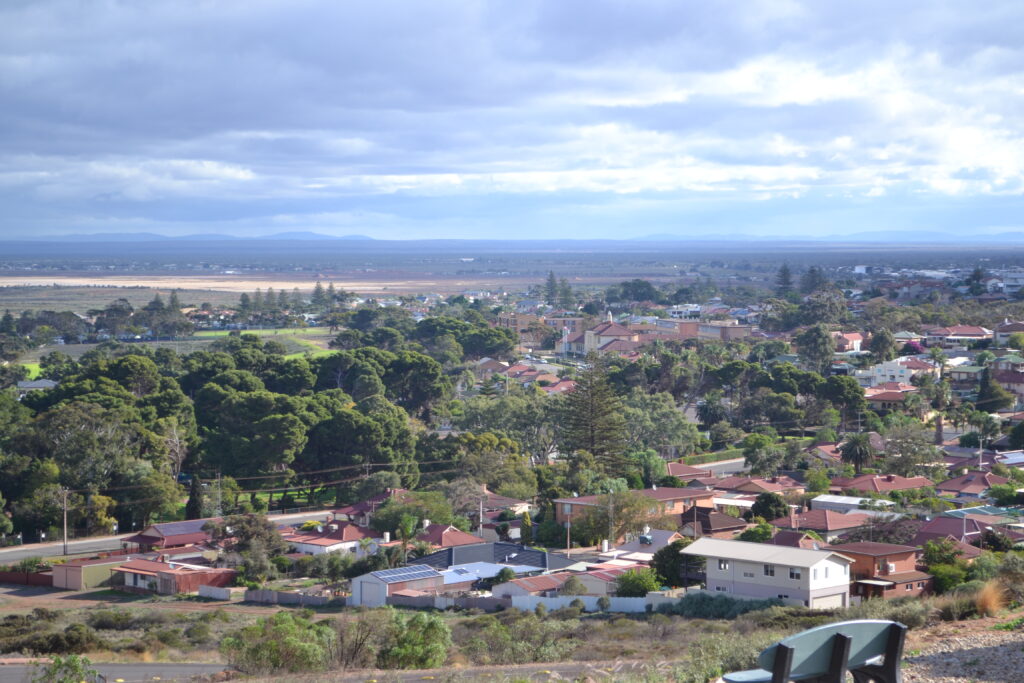
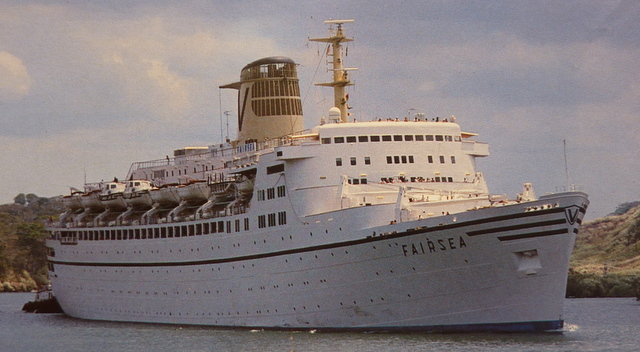
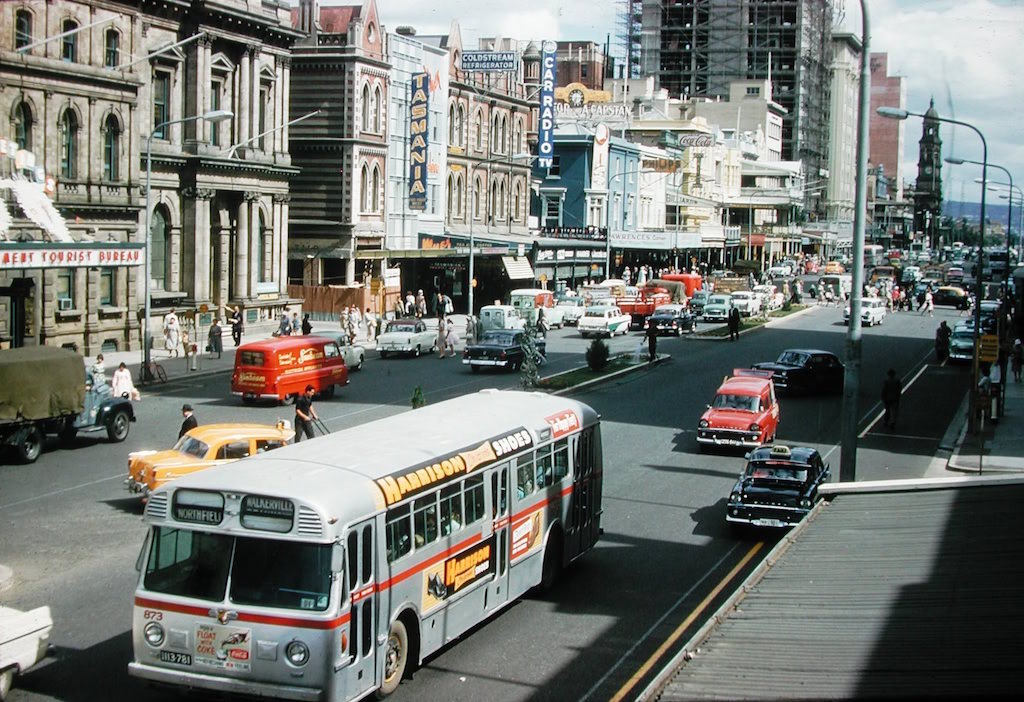

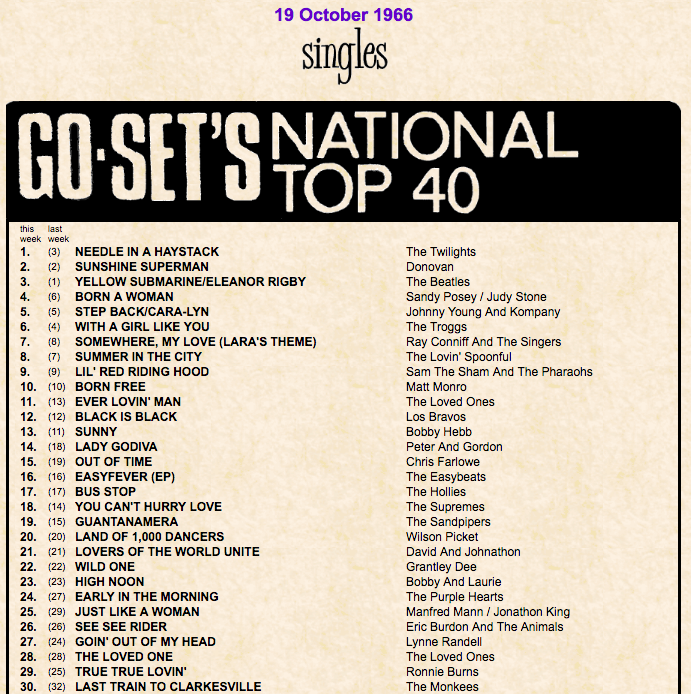
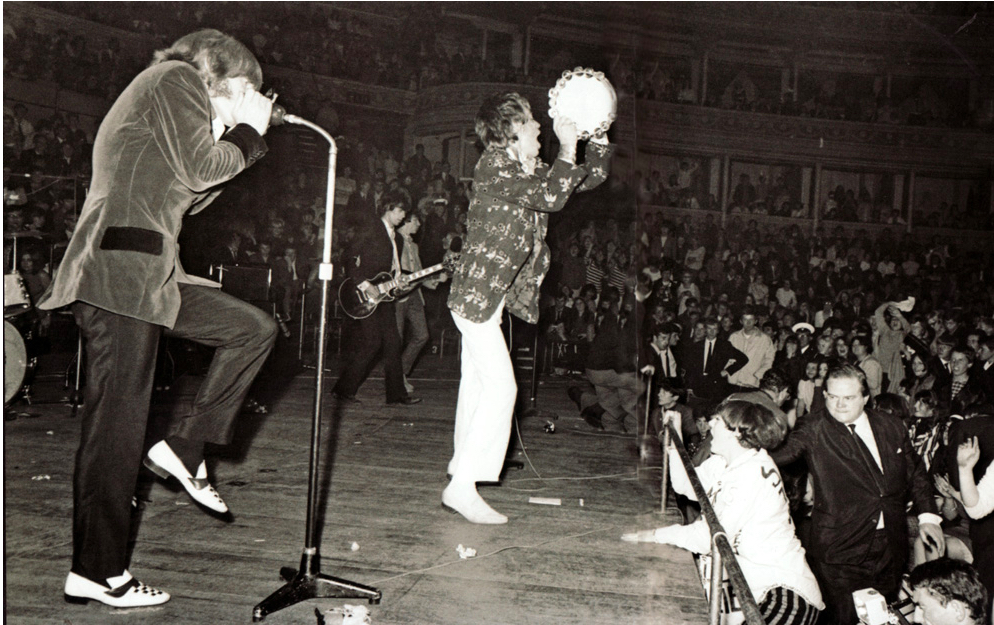

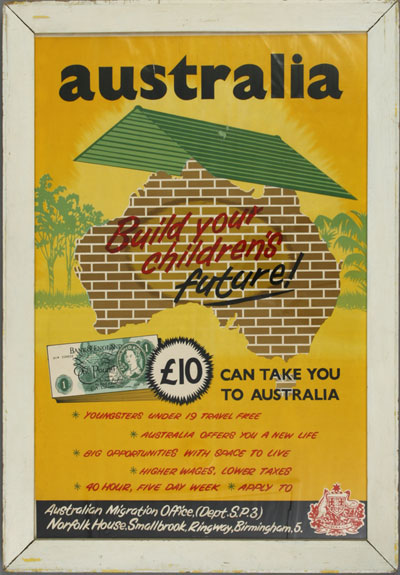
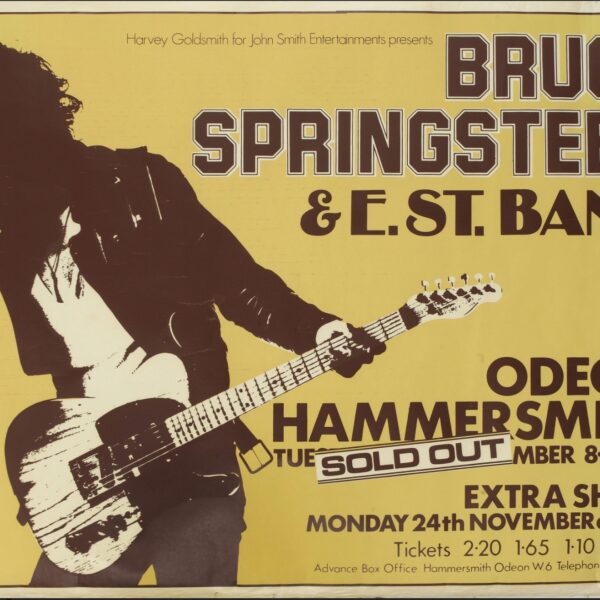
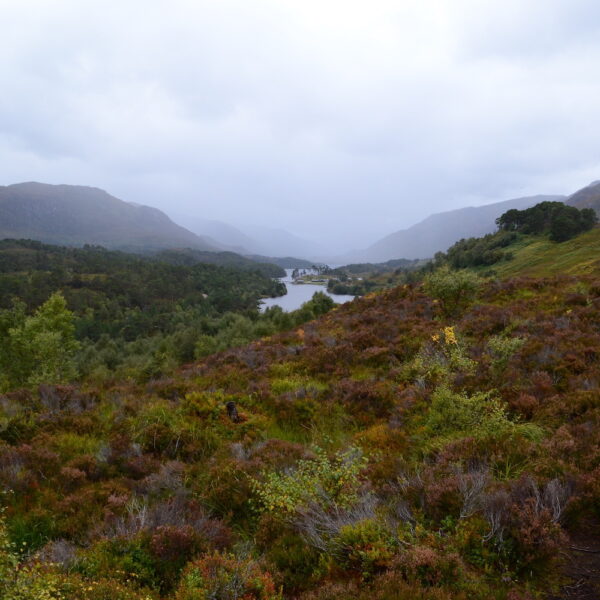

A great story of your, “coming to Whyalla.” Thanks for posting. It brings back memories of the old town. I lived there for over 40 years and no live in Kingston in the South East. I arrived in Whyalla in June 1960 when I was almost 8. Unlike yourself p, I did not come from the UK but from Tasmania. The culture shock of coming from rural obscurity to the semi desert was great. But school, new friends and eventually an apprentiiceship at BHP and the Ship Yards meant that life was rather good.
Thanks Michael – glad you enjoyed it
I was a 6 Year Old arriving in 1964 from Yorkshire we stayed in the Gepps Cross Hostel then 2 Years in Elizabeth Fields and finally settling in Hindmarsh even though a little Younger I can relate to a lot of this especially the Music because Mum had the Radio on all the time and the TV for Go Set and Commotion. Loved your Story and I agree we are lucky to be here in the land down under.
Thanks Jacki. Yes, it took going back to realise how good we had it here.
Hi Donald – great story – my parents were ’10 Pound Poms’ – we took the 4 week trip on the Fairstar from Southampton June 1966 and stayed in the Glenelg Migrant Hostel for six weeks, prior to moving into our own rental near Brighton Beach – have been back once in 1971 aged 15 – Cheers Andy Hunt (Adelaide Uni Blues 1980-1983)